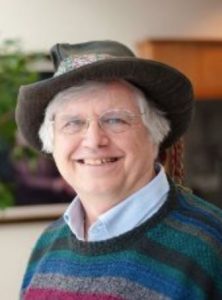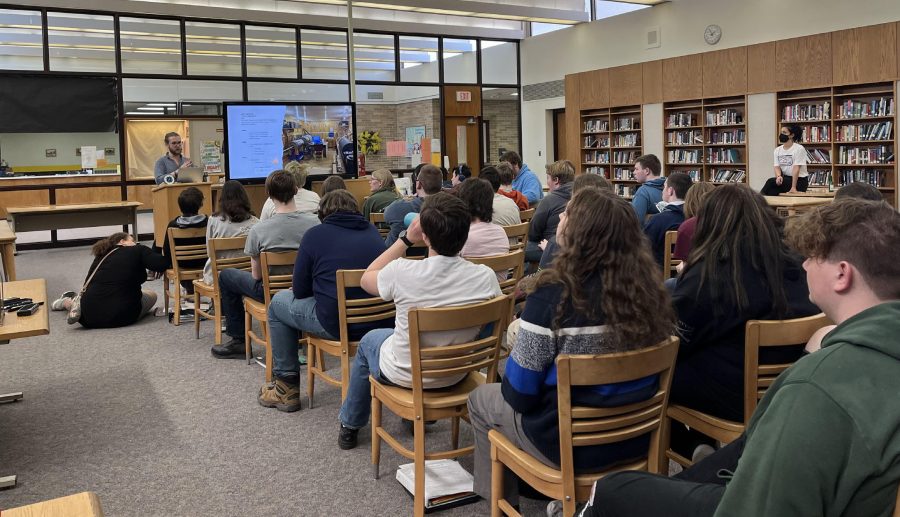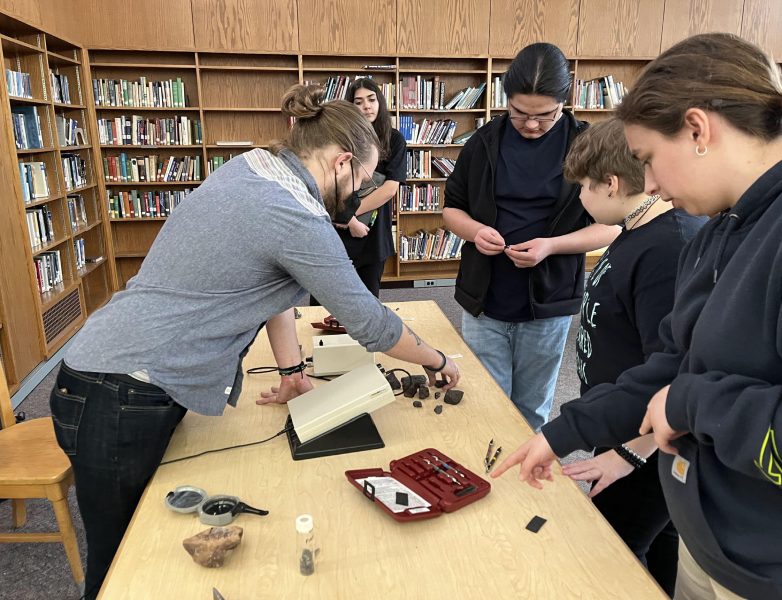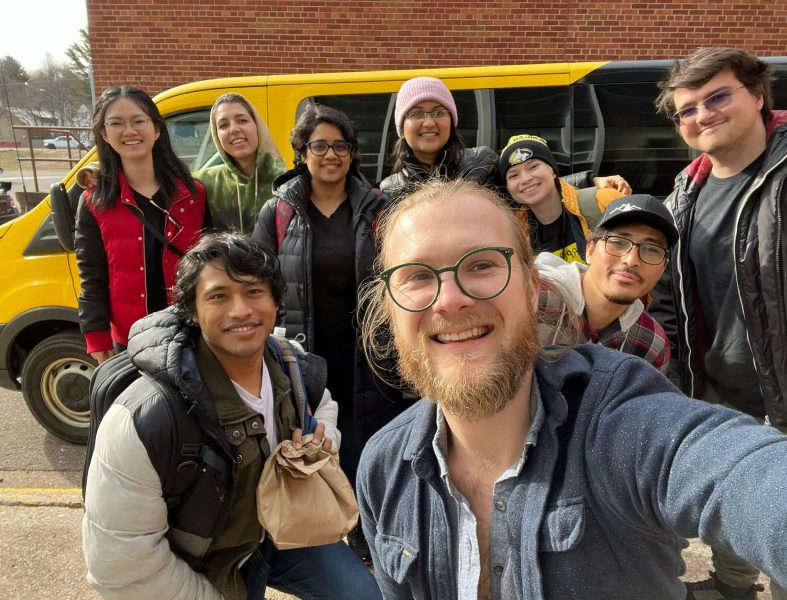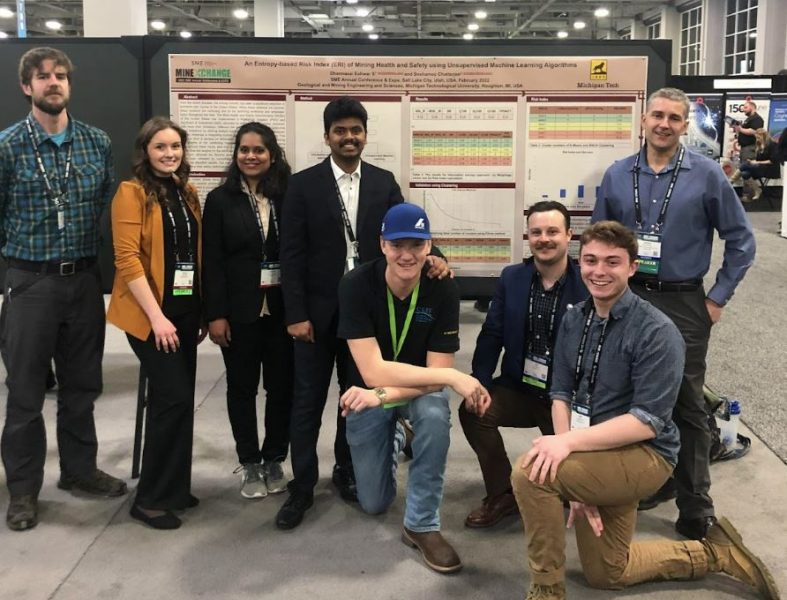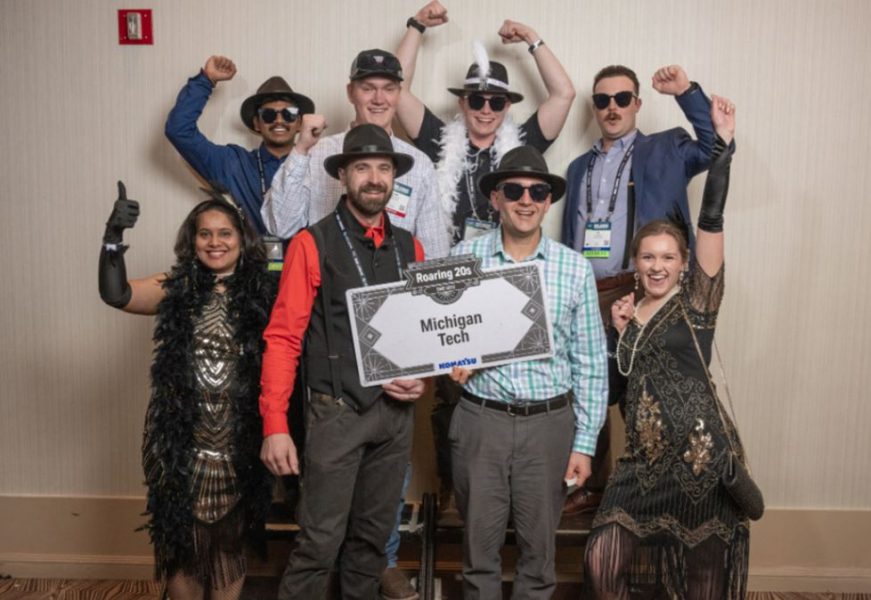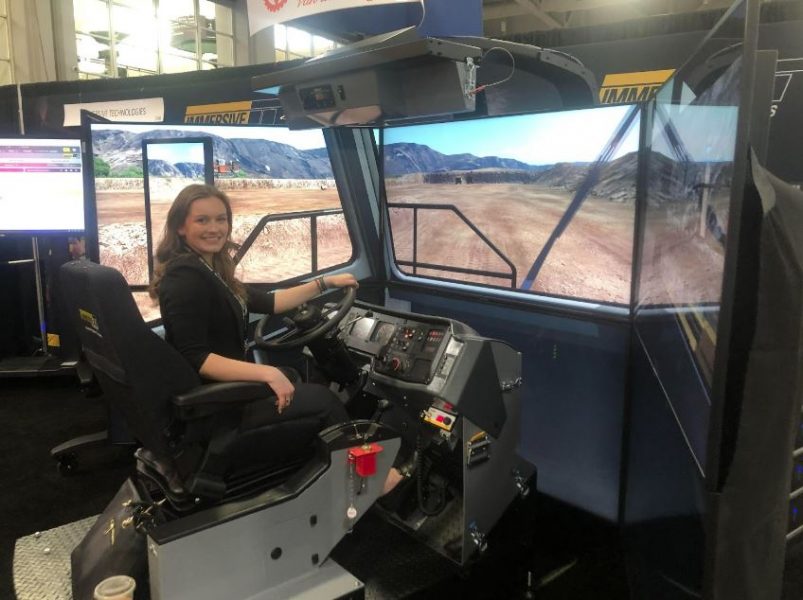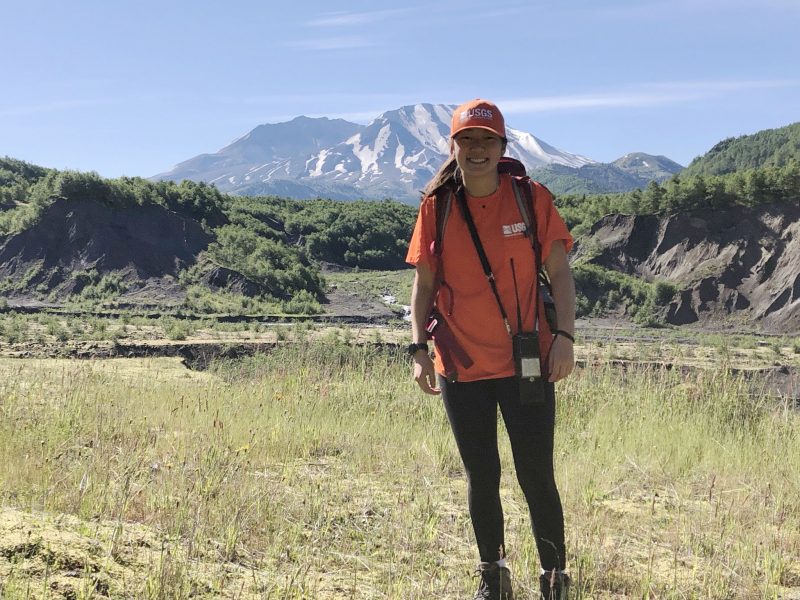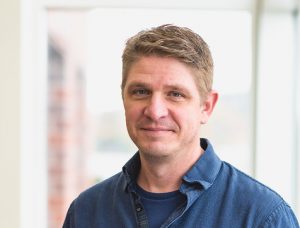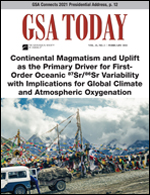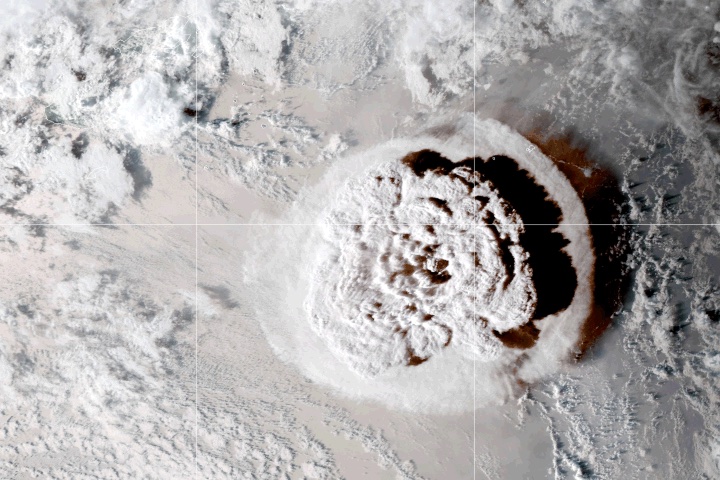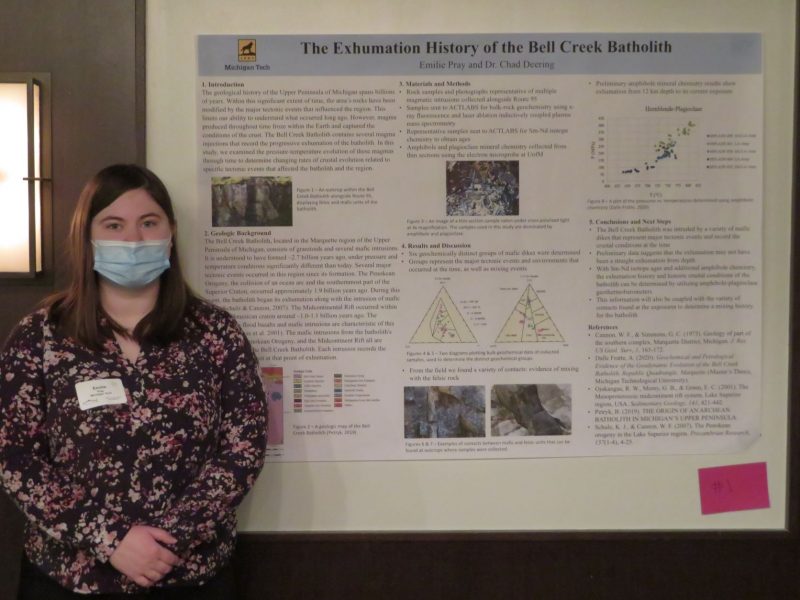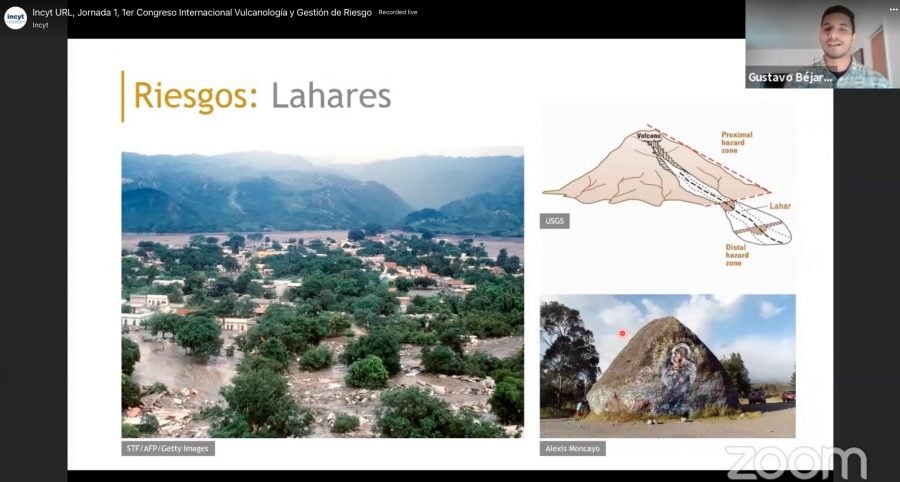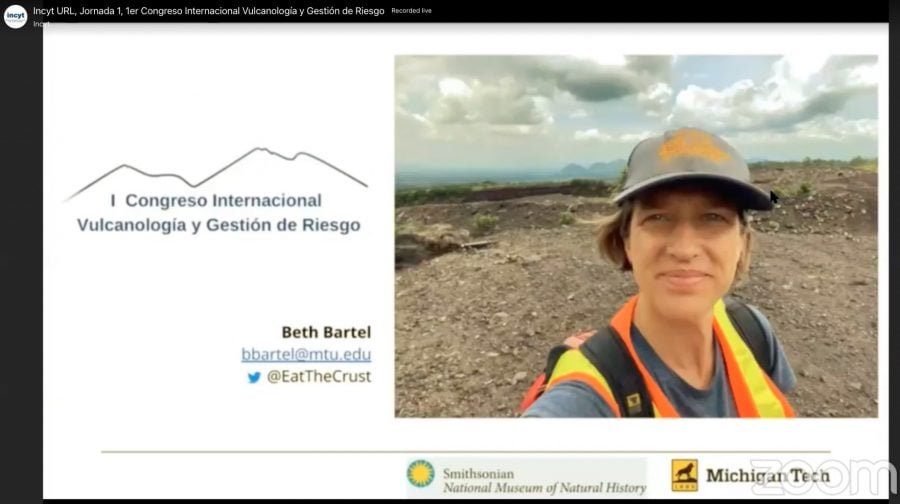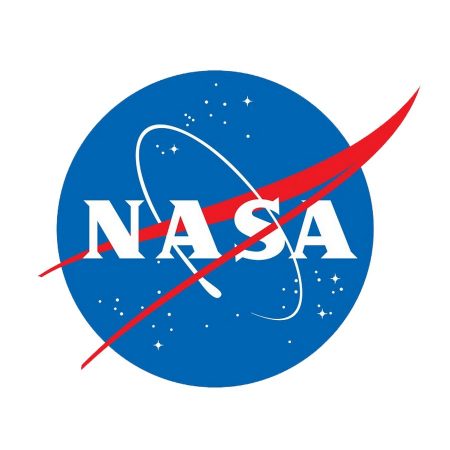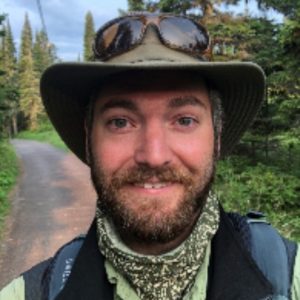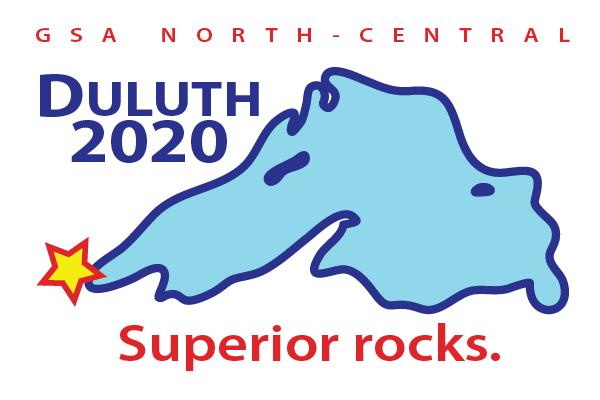Numerical indices support what every volcanologist knows: Bill Rose ranks among the top scientists in 2022. Research.com compiles and analyzes publication data, including citations and h-index of scholars worldwide. In the Earth science field, over 6,400 scientists were evaluated, and professor emeritus Bill Rose is ranked 97th in the U.S. and 179th globally.
Bill came to Michigan Tech after obtaining his Ph.D. in geology at Dartmouth College. His graduate studies included field studies of active volcanoes across Pacific Latin America. The eruption of Mt. St. Helens in 1980 brought his expertise to the forefront in the US, and the geology graduate program grew in terms of number and reputation. His entire career, save for sabbaticals, has been at Michigan Tech, where he has supervised 23 Ph.D. and 57 M.S. students. He has authored and co-authored over 200 publications, which as of this ranking, were cited in more than 16,000 other publications, yielding an h-index of 81.
Bill served as chair of the GMES department from 1990 to 1998. After returning to faculty full-time, he led the development of two international programs that greatly impacted the international reputation of the department. Every volcano observatory in the US has Ph.D. scientists on staff who are former students of Bill. If you walk into a volcano observatory around the world wearing a Michigan Tech emblem, invariably, someone will ask if you “know Bill Rose.”
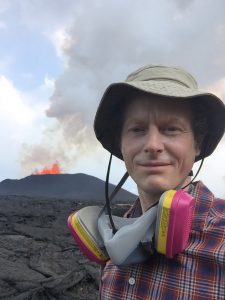
Also recognized for his contributions to Earth sciences is GMES professor, Simon Carn, who is ranked 849th in the U.S. and 1,929 globally. Simon’s work has 8,021 citations in the areas of volcanology, remote sensing, and volcanic degassing.
